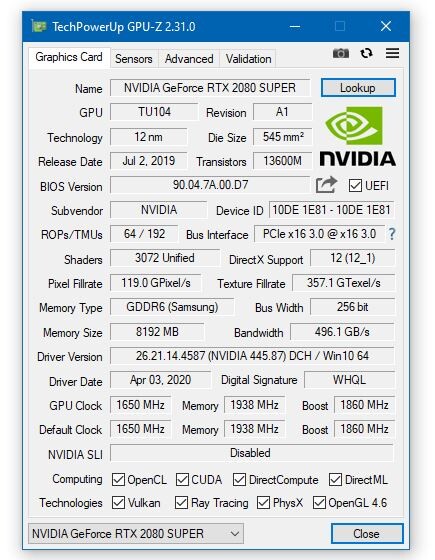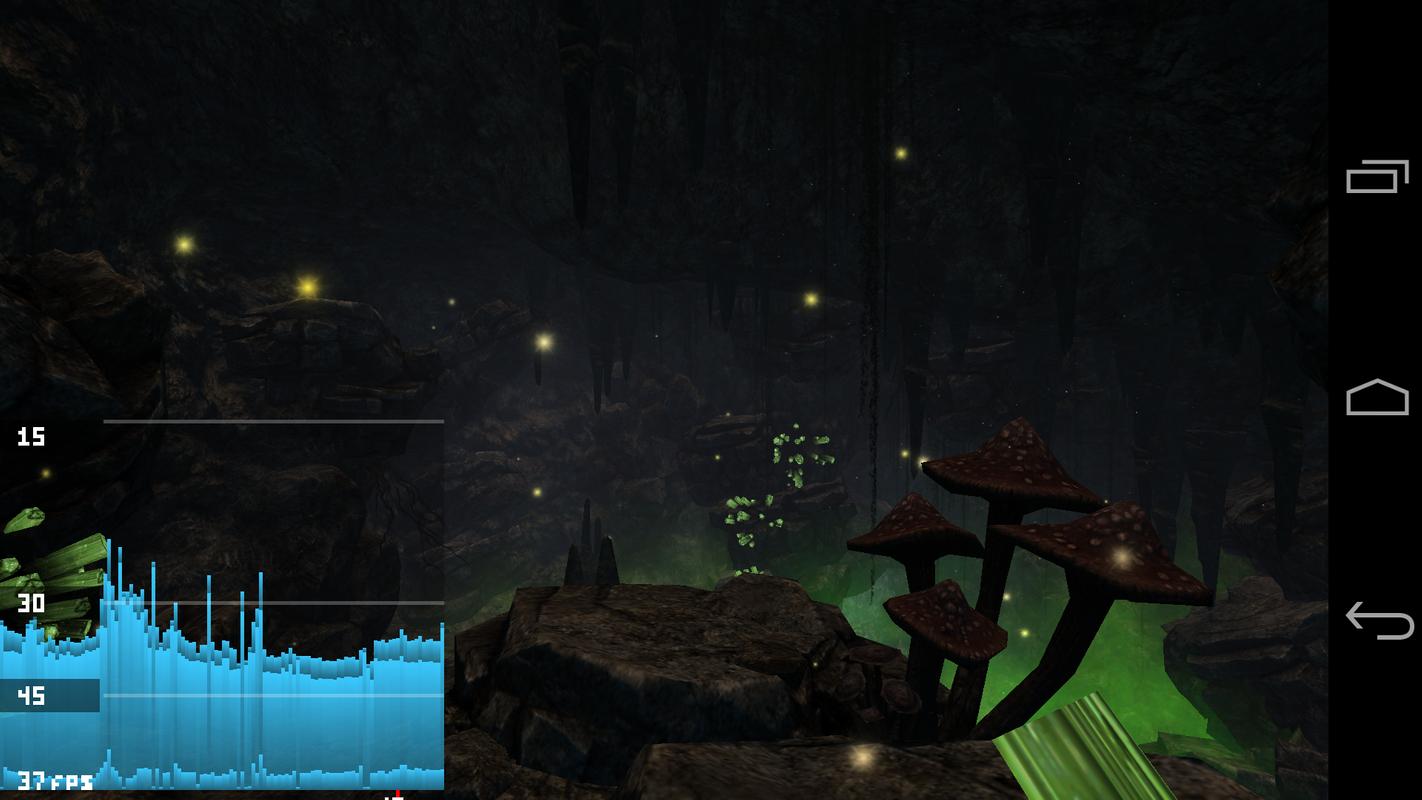

Since it is live monitoring, you can check and log any discoveries. It is mostly here that you can check and spot abnormalities in the behavior of your particular model. From GPU Clock to temperature, used VRAM, load and power used, an accurate picture is painted regarding your graphic's card usage.

The Sensors tab is also self-explanatory. Things included among version numbers and VRAM amount are also memory type, clocks for stock and boost options, the technology used, revision (if any), manufacturer, and transistor number. Thus, the Graphics Cards tab offers information about the card itself. It's easy to understand what each does because these are labeled accordingly. The application is divided into three particular areas. It's especially great for diagnostic purposes. You can also conveniently log information for later use and check live sensor readings to understand how your card's workflow evolves.

This app will immediately tell you all the information you need to know about it. It does not matter if it is integrated, dedicated, mobile, or otherwise. It is an application dedicated, like the name suggests, to one's graphic card. GPU-Z doesn't really need any introduction by now.


 0 kommentar(er)
0 kommentar(er)
